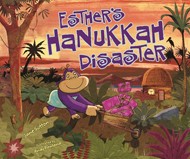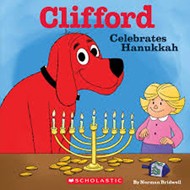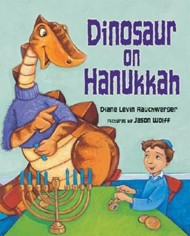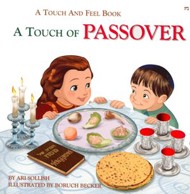By
– May 29, 2013
Jeremy’s Dreidel is a simple yet compelling story, which, in its short narrative, conveys so much. It is Hanukkah time and the art project at the community center is dreidel-making. This is a fun project and everyone involved has great ideas about how to make a special dreidel with unusual materials and much creativity. But Jeremy says he needs only clay and nothing more. When he starts adding peculiar dots to the sides of his dreidel, though, the other children become interested and curious. As it turns out, Jeremy’s father is blind, and what Jeremy is making are Braille letters to attach to the dreidel, so his father can use it and appreciate it. This leads to a discussion about blind people among Jeremy’s friends; how they behave, what their recognizable features might be, how they fit into society’s concepts of work, play, reading and functioning. The conversation diff uses the children’s fears and uncertainties in dealing with this disability. Jeremy also initiates a change in the plan to enclose the dreidels in a display case, as Jeremy’s father would not be able to see a dreidel displayed behind glass. Instead, they are kept in the open where they can be touched and played with; they will be hands-on pieces, true playthings. Jeremy’s father and everyone else can take turns spinning and enjoying the Braille dreidel.
This is a beautiful picture book with soft, expressive art, which perfectly suits the gentle storyline. An additional charming feature is a section at the end giving directions as to how to make several of the dreidels mentioned in the book as well as instructions for playing the dreidel game. This makes the book itself a hands-on Hanukkah kit for parents, teachers and children. This section also contains a short explanation about Braille, a chart of Braille English alphabet letters and the Hebrew Braille for the letters nun, gimel, hay and shin, the letters on the sides of traditional dreidels. This book is heartily and enthusiastically recommended for children ages 5 – 9.
Noa Paz Wahrman is a Jewish studies librarian and bibliographer at Indiana University in Bloomington IN.





